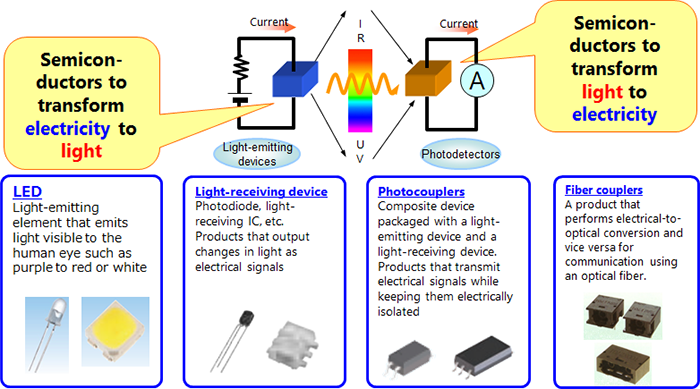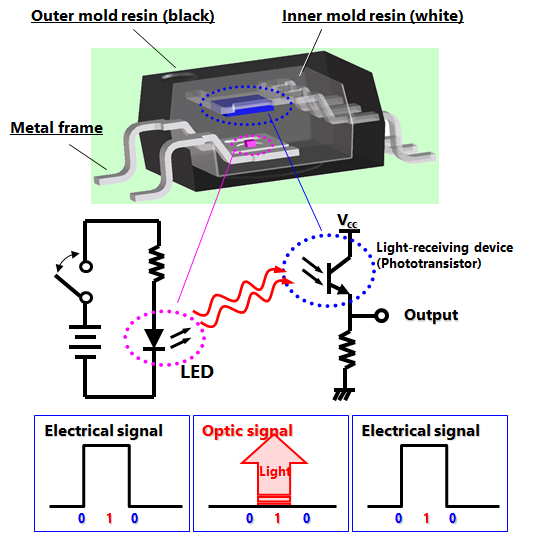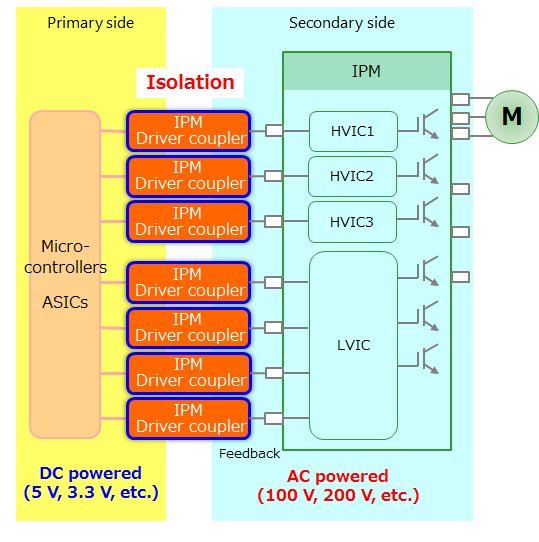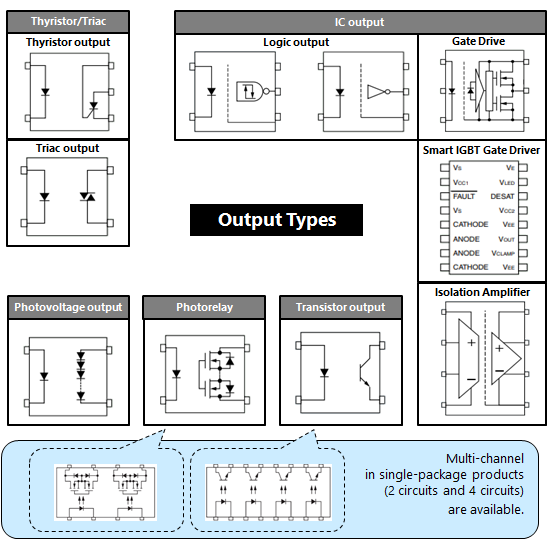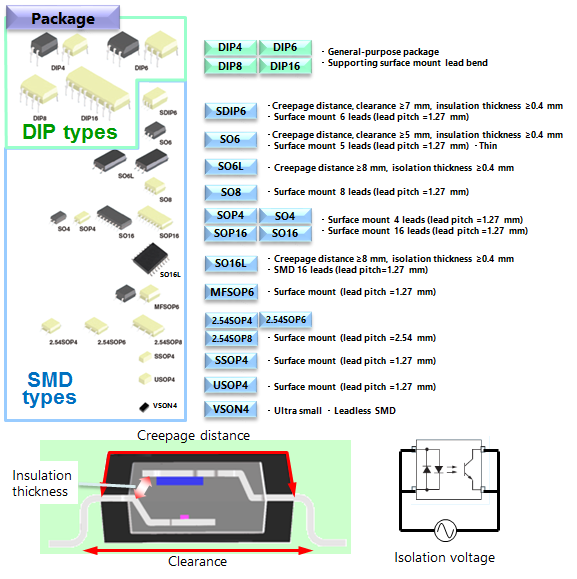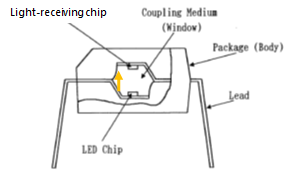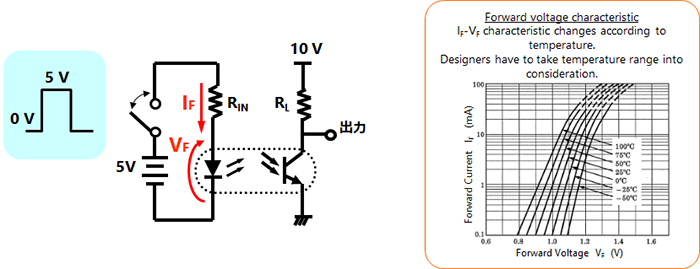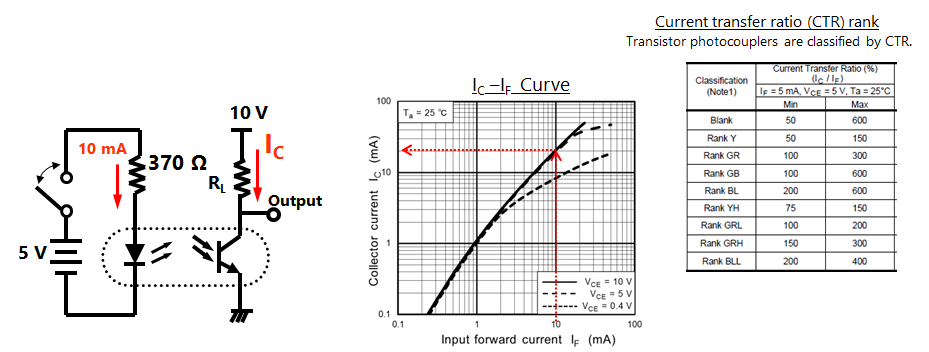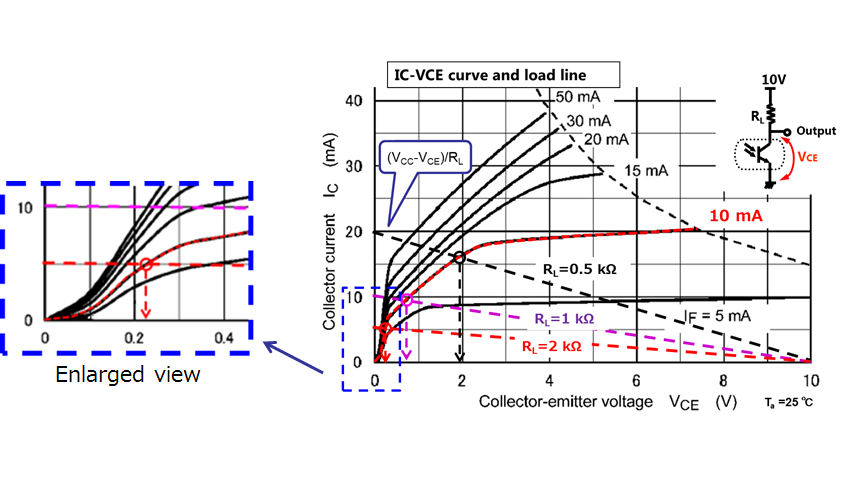- 型号 & 关键词搜索
- 交叉搜索
- 参数搜索
- 库存查询与购买
This webpage doesn't work with Internet Explorer. Please use the latest version of Google Chrome, Microsoft Edge, Mozilla Firefox or Safari.
请输入3个以上字符 Search for multiple part numbers fromhere.
The information presented in this cross reference is based on TOSHIBA's selection criteria and should be treated as a suggestion only. Please carefully review the latest versions of all relevant information on the TOSHIBA products, including without limitation data sheets and validate all operating parameters of the TOSHIBA products to ensure that the suggested TOSHIBA products are truly compatible with your design and application.Please note that this cross reference is based on TOSHIBA's estimate of compatibility with other manufacturers' products, based on other manufacturers' published data, at the time the data was collected.TOSHIBA is not responsible for any incorrect or incomplete information. Information is subject to change at any time without notice.
请输入3个以上字符
光耦的老化变化数据
下载“第Ⅴ章:光半导体” (PDF:1.8MB)
光耦的老化变化数据
发光元件(LED)的光输出会随时间的推移而减弱。在光耦中,LED光输出的老化变化比受光器件的老化变化更为明显。因此,设计人员需要利用所采用的光耦的老化变化数据来估计发光等级的降低趋势。设计人员将根据使用设备的使用环境和LED的总工作时间来计算LED的光输出变化。必须将该值反映在LED正向电流(IF)的初始值中。
*例如,当占空比(发光持续时间)为50%,工作时间为1000小时,则计算总运行时间为500小时。

左图显示了LED光输出老化变化数据。
右图显示了LED光输出低于某一标准时的运行时间。
例如,左图中的A点和右图中的B点显示了相同条件下的老化变化。(IF=50mA,Ta=40℃,8000小时)


